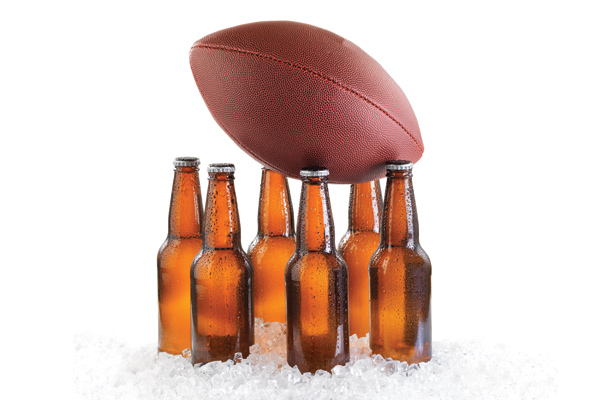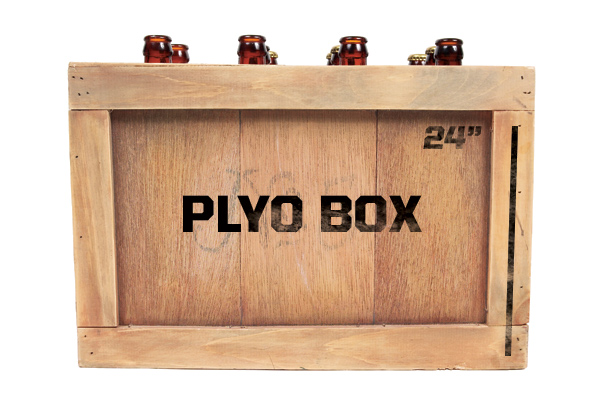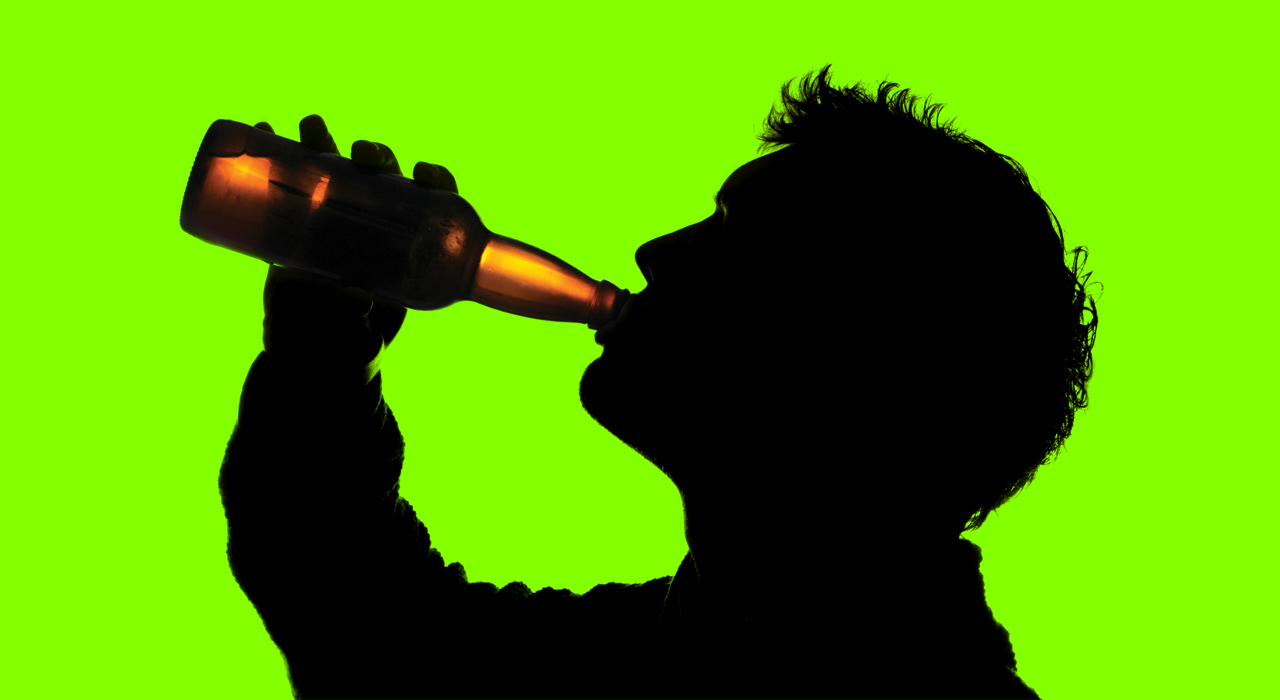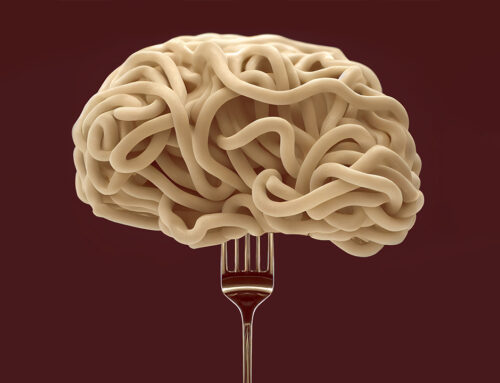Being able to sink a beer after a workout and still make fitness gains is the thing dreams are made of.
No need to wake up, though, if your choice of beer is of the non-alcoholic variety. Researchers from the University of Munich (it would be the Bavarians who are proudly big drinkers!) just earned themselves a drink by finding that runners reduced their interleukin-6 levels by 24%. This reduction also has implications if you lift and want to make gains too.
In bro terms, reducing interlukin-6 levels means a big reduction in inflammation post-training for faster recovery. This is due to the high level of polyphenolic compounds in beer, so feel free to knock back a cold (non-alcoholic) one after training safe in the knowledge that you’re helping, not hindering gains.
Beer after workout? Why not…
Here are some reasons that a non-alcoholic beer after a workout makes sense:
Tastier and more effective way to recover
At worst, this type of beer is at least as effective as your current favorite post-workout sports drink. A liter of the stuff contains 50 grams of muscle-recovering carbs and roughly 250 calories, depending on the brand. Your boys will never know when you come back from the bar that you told the bartender to hold the alcohol from your beer.
Fair warning, if you do decide to grab an alcoholic beer after a workout, you’re entering a new world as alcohol inhibits recovery and fat burning while it’s in your system. Don’t worry, though – you can still drink alcohol and stay aesthetic as f*** if you follow a few simple rules. We’ve got a guide for drinking alcohol and still getting in great shape which you shouldn’t miss if you enjoy the odd tipple here and there.

Beer may help get your pump on
Beer contains glutathione precursors: zinc, copper, selenium and amino acids to be more precise.
If this doesn’t mean anything to you yet, it will when you get an almighty, sleeve-splitting pump in the gym. Glutathione in a recent study was found to complement citruline in boosting nitric oxide levels in the body versus taking citruline alone (which is a fantastic, clinically proven pump inducer in its own right).
Whether beer can produce enough glutathione to provide a significant pump remains to be seen, but it certainly can’t hurt.
Down it, down it, down it!
Beer contains over 35+ phenolic compounds
About 80–90% of them from malt and 10–20% from hops. Polyphenols are antioxidant micronutrients that help prevent major diseases like cancer, neurological and cardiovascular diseases.
A litre of beer contains 6.2g of fiber
This is compared to your typical isotonic recovery drink which has trace amounts of fiber. Now don’t get carried away – nobody is telling you that beer can replace your vegetables as much as you’d like to. You’d do well to keep the beers around your training session too, they still contain calories and around 50g of carbs in a litre. Yes, even the non-alcoholic versions
Can potentially lower blood pressure and help prevent heart disease
Due to its high potassium to sodium ratio (typically 4:1), you may find that a non-alcoholic brewski will lower your blood pressure. Great for hypertensives who love a pint. Not only that, the phenol content within the beer contains more antioxidants than wine.
These antioxidants were also shown to exert powerful effects on cholesterol to help oxidize LDL (bad cholesterol) in a study by the University of Scranton. This, in turn, helped inhibit atherosclerosis, the hardening of the arteries that leads to heart disease.
Powerful stuff.

Is beer after a workout the miracle juice I always hoped it would be?
Let’s not get carried away. The take home message here is simple: if you’re a lover of the taste of a cold beer, you can enjoy that flavor you crave after a workout and gain a ton of benefits, including increased fitness and muscle mass if all other aspects of your diet are taken care of.
Just keep in mind that beer still contains calories so it’s not a replacement for your bottle of water, but if you fancy meeting the boys for a post-workout beer, it’s absolutely the middle-ground between still making gains and being social.
A big thank you to Suppversity for thoroughly exploring this topic using the latest science
For more articles like beer after a workout, nutrition tips, interviews and workouts, get TRAIN magazine direct into your inbox every month for free by signing up to our newsletter







